Duration: 9 Nights
Highlights: Embark on a 10-day journey to the Royal Highland Festival, where Bhutan's vibrant culture and breathtaking landscapes merge in celebration. Witness traditional highland life, awe-inspiring performances, and the beauty of the Himalayas.
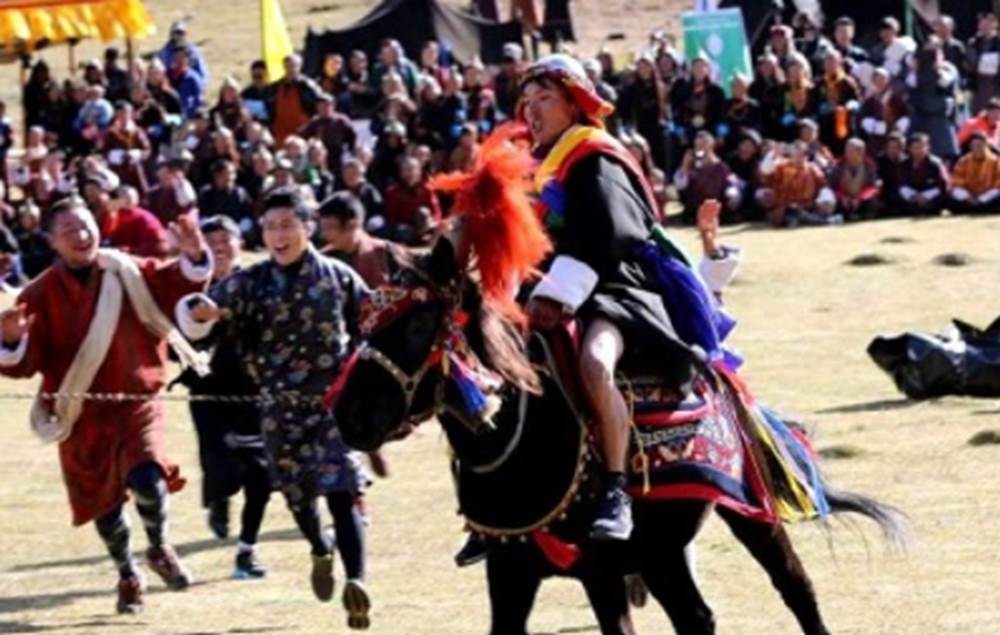
Drive up to the viewpoint for a stunning panoramic glimpse of Paro International Airport, set against the dramatic backdrop of the valley and mountains.

Paro Town is a charming and picturesque valley town nestled along the Paro River, surrounded by forested hills and traditional Bhutanese architecture. As the gateway to Bhutan—home to the country’s only international airport—Paro offers a relaxed blend of culture, history, and local life. The town is dotted with whitewashed shops, cosy cafés, handicraft boutiques, and traditional wooden buildings, all set against a stunning Himalayan backdrop. It's a good place to shop for souvenirs and mementos.
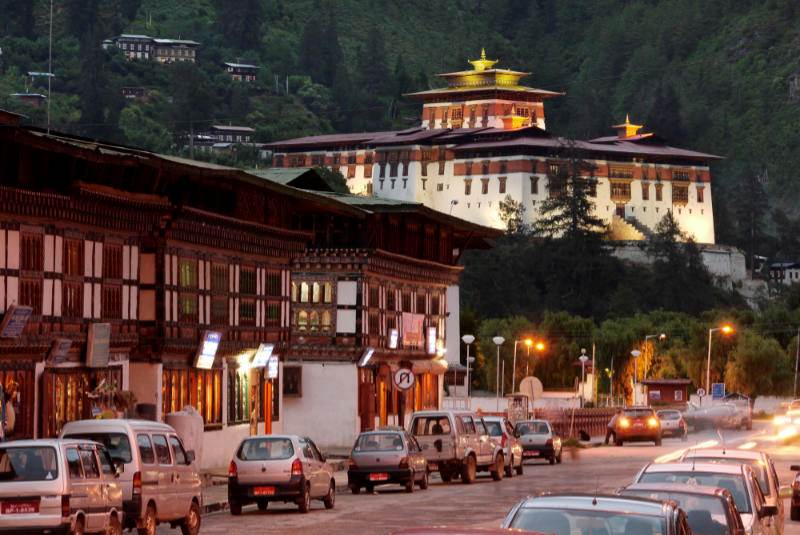
Perched at an altitude of 3,100 metres, Dochula Pass is one of Bhutan’s most serene and awe-inspiring mountain passes. Often cloaked in mist and prayer flags fluttering in the breeze, it’s a place where time seems to slow down. The pass is adorned with 108 memorial chortens, built in honour of Bhutanese soldiers, and offers panoramic views of the snow-capped Himalayan range on clear days. Whether you're pausing for reflection or simply soaking in the stillness, Dochula invites you to breathe deeply, feel the peace, and reconnect with the beauty of the journey.
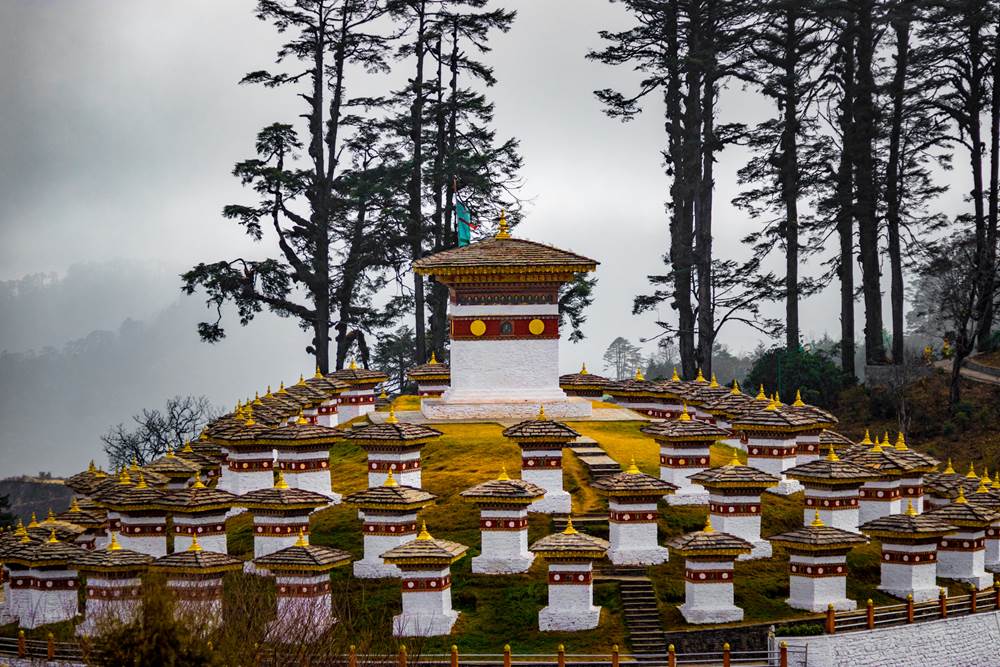
Nestled in the charming village of Sopsokha, Chimi Lhakhang—also known as the Fertility Temple—stands atop a gentle hill near Lobesa. Built in 1499 by Ngawang Choegyel, the 14th Drukpa Hierarch, the monastery is dedicated to the revered and unconventional saint, Lama Drukpa Kunley, famously known as the Divine Madman for his unorthodox teachings and eccentric behavior. To reach the temple, enjoy a scenic 30-minute walk through terraced paddy fields and a quaint village path. Pilgrims from all over the world visit Chimi Lhakhang to seek blessings for fertility, and many couples have returned to share stories of their answered prayers. A visit here offers not only cultural insight but also a peaceful connection with Bhutan’s spiritual traditions.
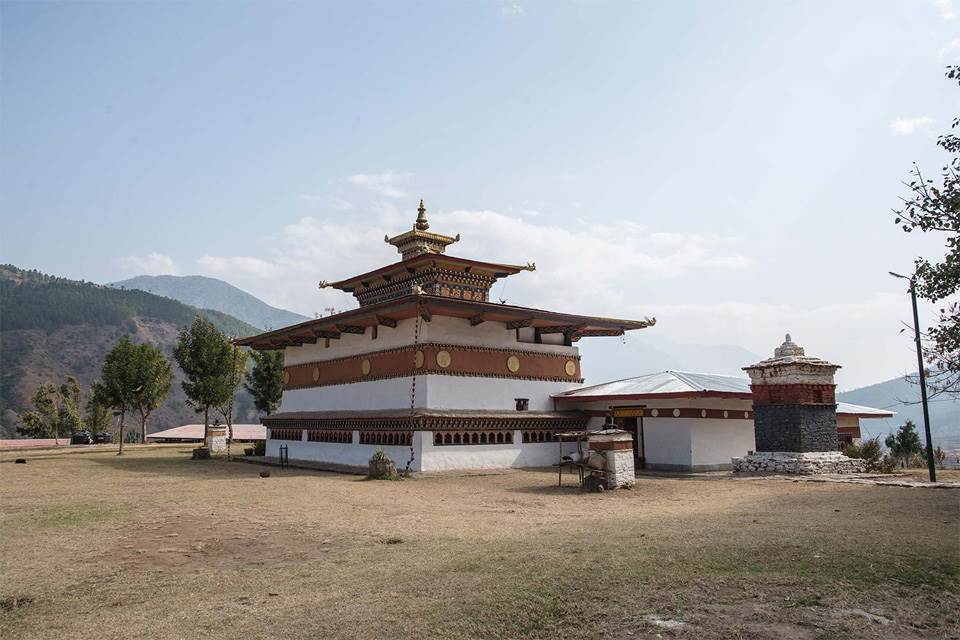
Step into the heart of Bhutanese history and spirituality with a visit to Punakha Dzong, one of the most iconic and breathtaking fortresses in the country. Nestled at the sacred confluence of the Pho Chu and Mo Chu rivers, this architectural masterpiece was built in 1637 by Zhabdrung Ngawang Namgyal, the great unifier of Bhutan. As you cross the traditional wooden cantilever bridge and approach the grand whitewashed walls, you’ll be walking the very grounds where Bhutan’s dual system of governance was first introduced—and where the first King, Gongsar Ugyen Wangchuck, was crowned in 1907. Despite enduring fires and an earthquake, the dzong stands today fully restored—thanks to the vision of the 4th King, Jigme Singye Wangchuck. It now serves as the winter residence of the Je Khenpo, the spiritual head of Bhutan, and houses a monastic community of over 1,000 monks. Marvel at the intricate woodwork and artistry that adorn the halls and courtyards, and let the sacred energy of this historic site leave a lasting impression on your journey.
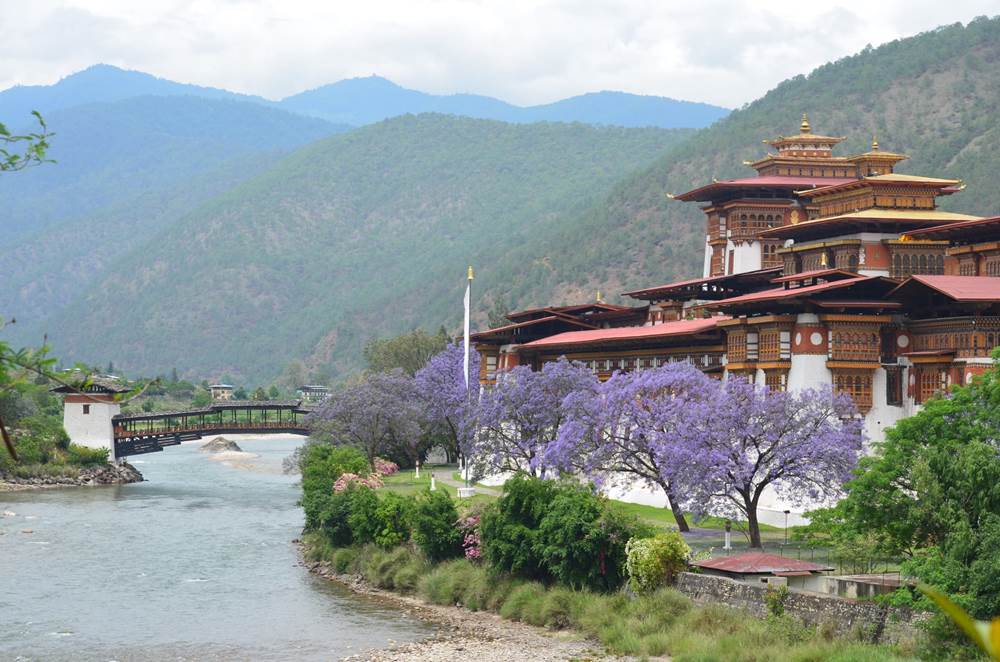
Stretching 160 metres across the Pho Chhu River, this is the longest suspension bridge in Bhutan. From its swaying span, you’ll be treated to breathtaking views of the majestic Punakha Dzong and the lush Pho Chhu Valley—an unforgettable vantage point for photos and quiet reflection.
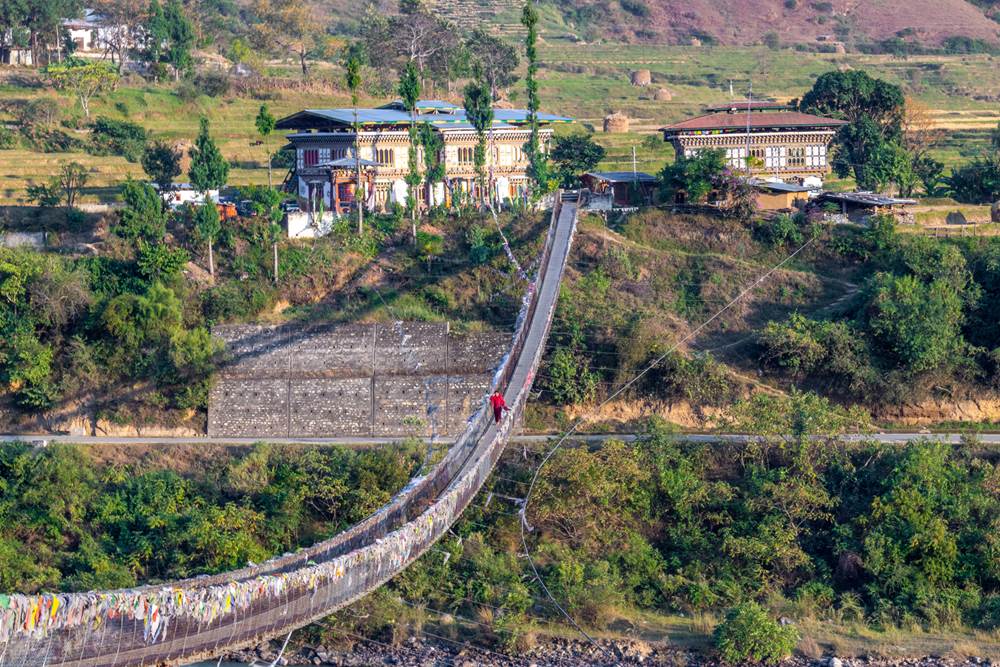
[Duration: 2 hours – 1 hour ascent, 1 hour descent] Embark on a scenic hike through lush paddy fields and pine forests to reach the stunning Khamsum Yulley Namgyal Chorten, perched gracefully on a hilltop overlooking the Punakha Valley. Unlike any other temple in Bhutan, this intricately designed chorten was built by the Queen Mother of the 5th King to promote peace, harmony, and universal well-being. Inside, the temple is adorned with some of Bhutan’s finest spiritual artwork. The walls are covered in detailed frescoes depicting Buddhist masters, protective deities, and profound symbolic imagery—offering a rich visual journey into Vajrayana Buddhist philosophy. This sacred site is not only a visual masterpiece but also a place of deep spiritual resonance, perfect for quiet reflection and cultural insight.
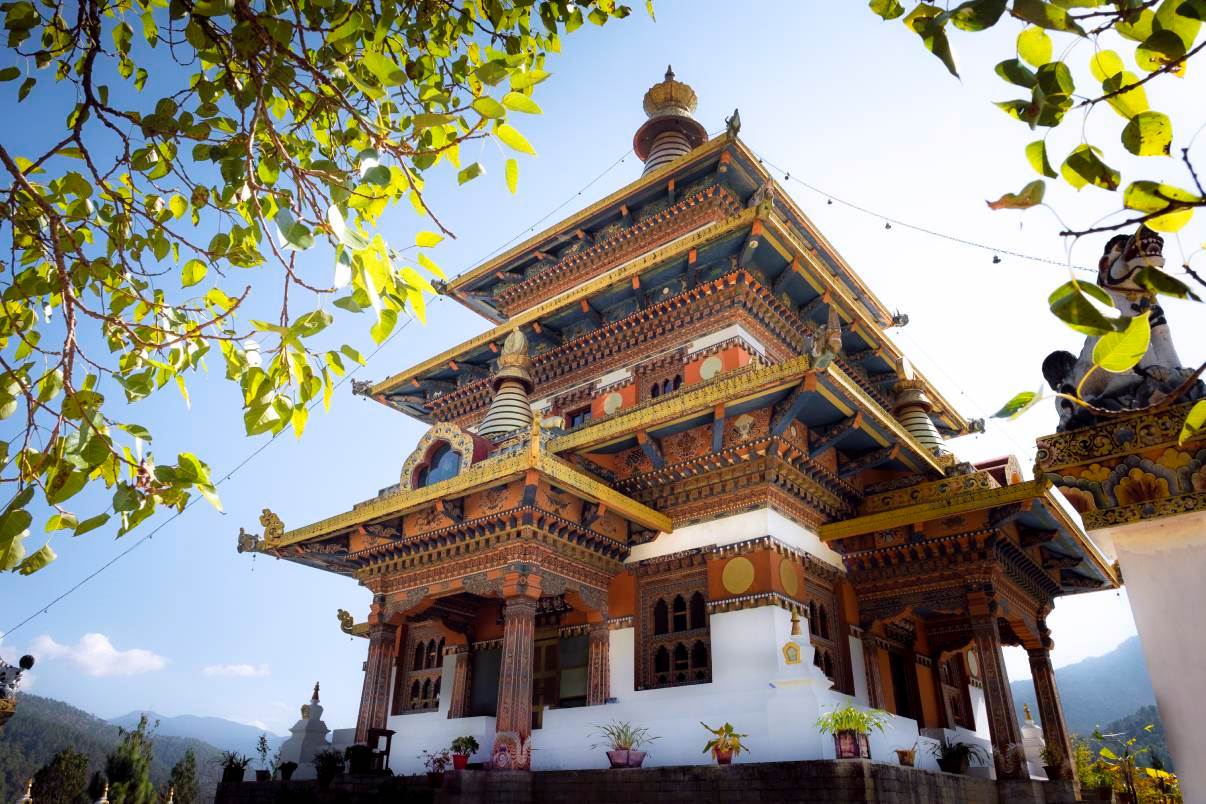
Sangchhen Dorji Lhuendrup Lhakhang temple and nunnery, gracefully perched on a ridge, offers sweeping views of the Toebesa, Punakha, and Wangduephodrang valleys. Dedicated to the Bodhisattva of Compassion, it holds deep spiritual significance. The temple was consecrated by His Holiness in a sacred ceremony attended by His Majesty the King, the Fourth Druk Gyalpo, members of the royal family, and hundreds of devoted pilgrims from Punakha, marking it as a revered site of prayer and devotion.
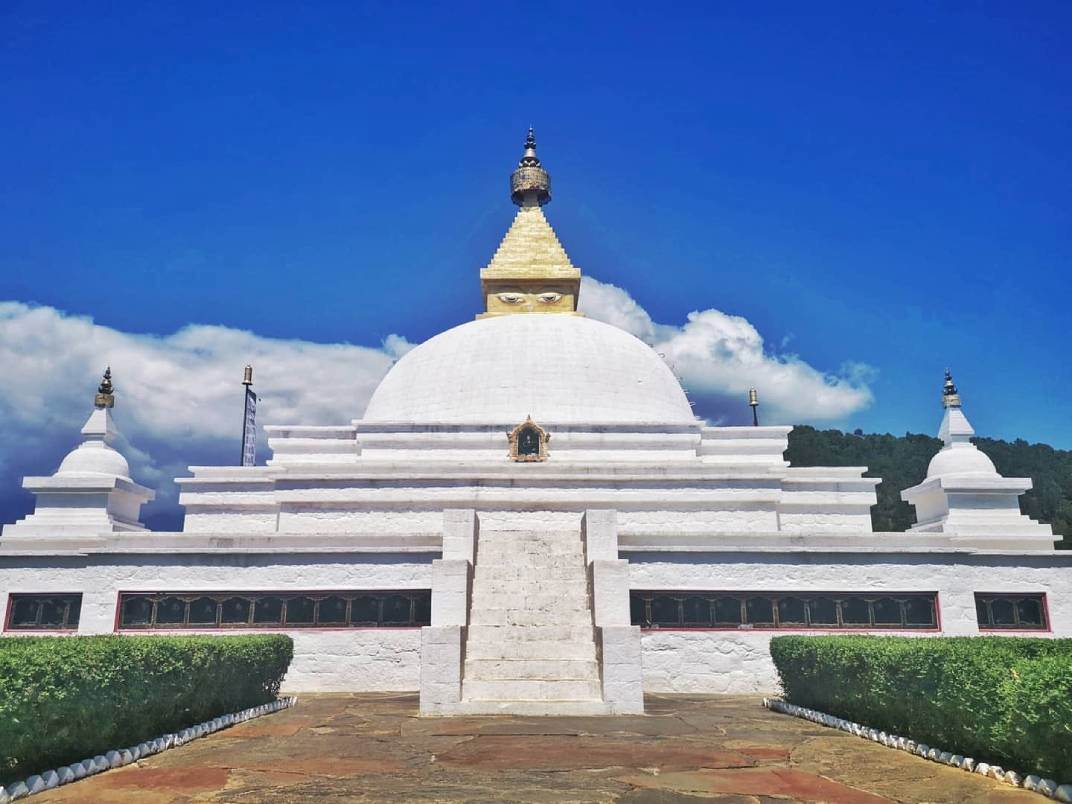
Your journey takes you through peaceful countryside to the sacred site of Chorten Nyingpo Lhakhang, a temple steeped in legend and spiritual heritage. According to tradition, during the 15th century (8th Rabjung cycle), the revered yogi Lam Drukpa Kuenley—also known as the Divine Madman—passed through the village of Jiligang on his way from Tibet. As he travelled, he threw aside a partially burnt piece of wood, which landed at the spot where the temple now stands. Miraculously, the wood took root and grew into a lush, leafy tree. Taking this as an auspicious sign, the yogi blessed the site, which was later chosen for the temple. In the 18th century (13th Rabjung), the site was visited by Chogtrul Jigme Singye (1742–1789), the 4th reincarnation of Lama Thripa Gyalse Tenzin Rabgay. Recognising the sanctity of the location, he established the present-day Chorten Nyingpo temple, which continues to be a revered spiritual centre for the local community. Enjoy time to explore the temple grounds, soak in its peaceful atmosphere, and learn more about its rich legacy of sacred Bhutanese history.
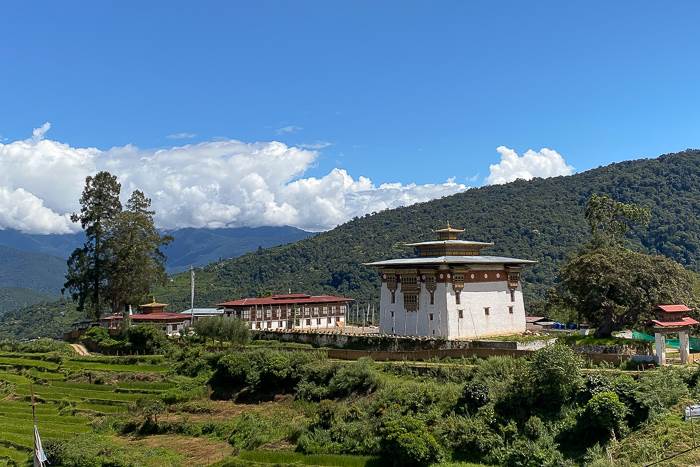
Early morning drive from Punakha to Gasa. With the recent road development now we can drive all the way to Taktsemakhang . Lower, the trek duration. From Taktsemakhang we will make our way to Laya. The trail winds up gradually and at times with steep climbs till you reach Laya. Early arrival to your camp/homestay and enjoy the scenic beauty of the landscape and then you will come across a lot of locals in their typical Laya costumes. Overnight Camp/Homestay at Laya
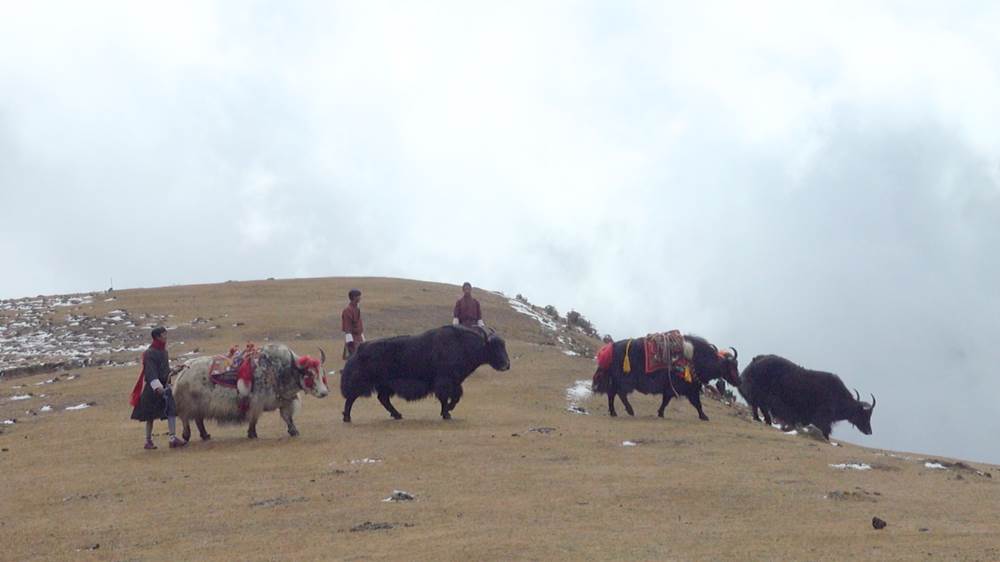
The Royal Highlander Festival will be organised in Laya this October. Driven by the underlying goal of making the highlands a vibrant and thriving economy, the festival aims to promote the sustainable livelihood of highlanders, showcase highlander’s innovation, and exhibit the highlands as the pride of Bhutan. The festival brings together highlanders from other parts of Bhutan to exchange values, knowledge, skills, and best practices related to highlands and yak farming. The festival is a landmark activity of Gasa dzongkhag’s “Good to Great Gasa”, a vision inspired by His Majesty’s passion to make our country great.

The Royal Highlander Festival will be organised in Laya this October. Driven by the underlying goal of making the highlands a vibrant and thriving economy, the festival aims to promote the sustainable livelihood of highlanders, showcase highlander’s innovation, and exhibit the highlands as the pride of Bhutan. The festival brings together highlanders from other parts of Bhutan to exchange values, knowledge, skills, and best practices related to highlands and yak farming. The festival is a landmark activity of Gasa dzongkhag’s “Good to Great Gasa”, a vision inspired by His Majesty’s passion to make our country great.

Today we will descend from Laya back to Taktsemakhang and then drive back to Punakha
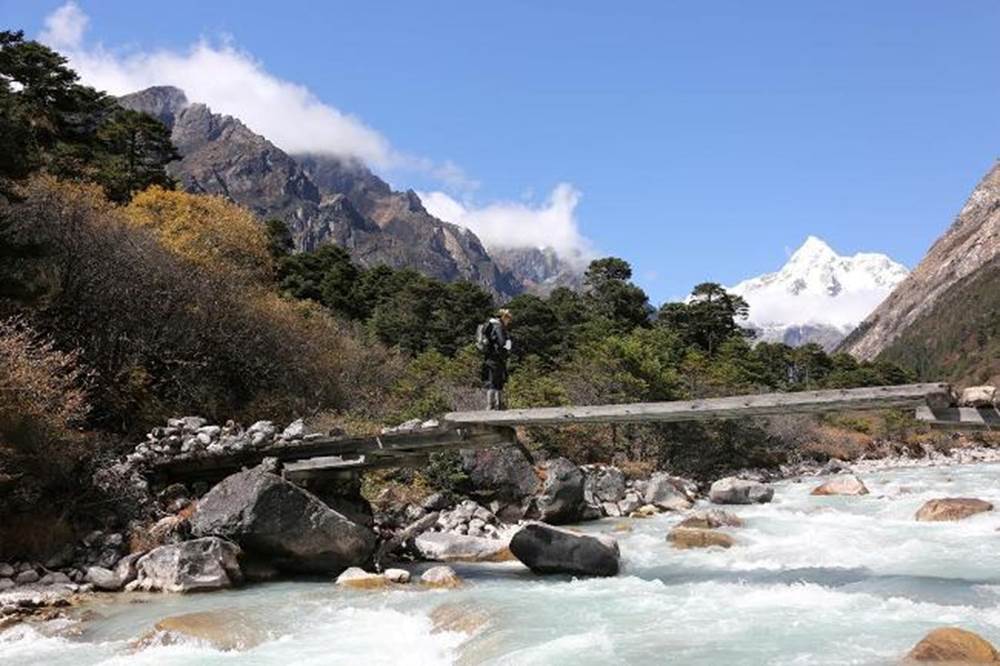
At 1300 years old, Kyichu Lhakhang is one of Bhutan’s oldest and most sacred temples, believed to have been built in the 7th century by Tibetan Emperor Songtsen Gampo as part of a spiritual mission to subdue a demoness and spread Buddhism. Located just north of Paro, it is often referred to as the “Sacred Jewel of Bhutan.” Over the centuries, the temple has been expanded and visited by many great masters, including Padmasambhava. It's a peaceful and deeply spiritual place, cherished by pilgrims and visitors alike.
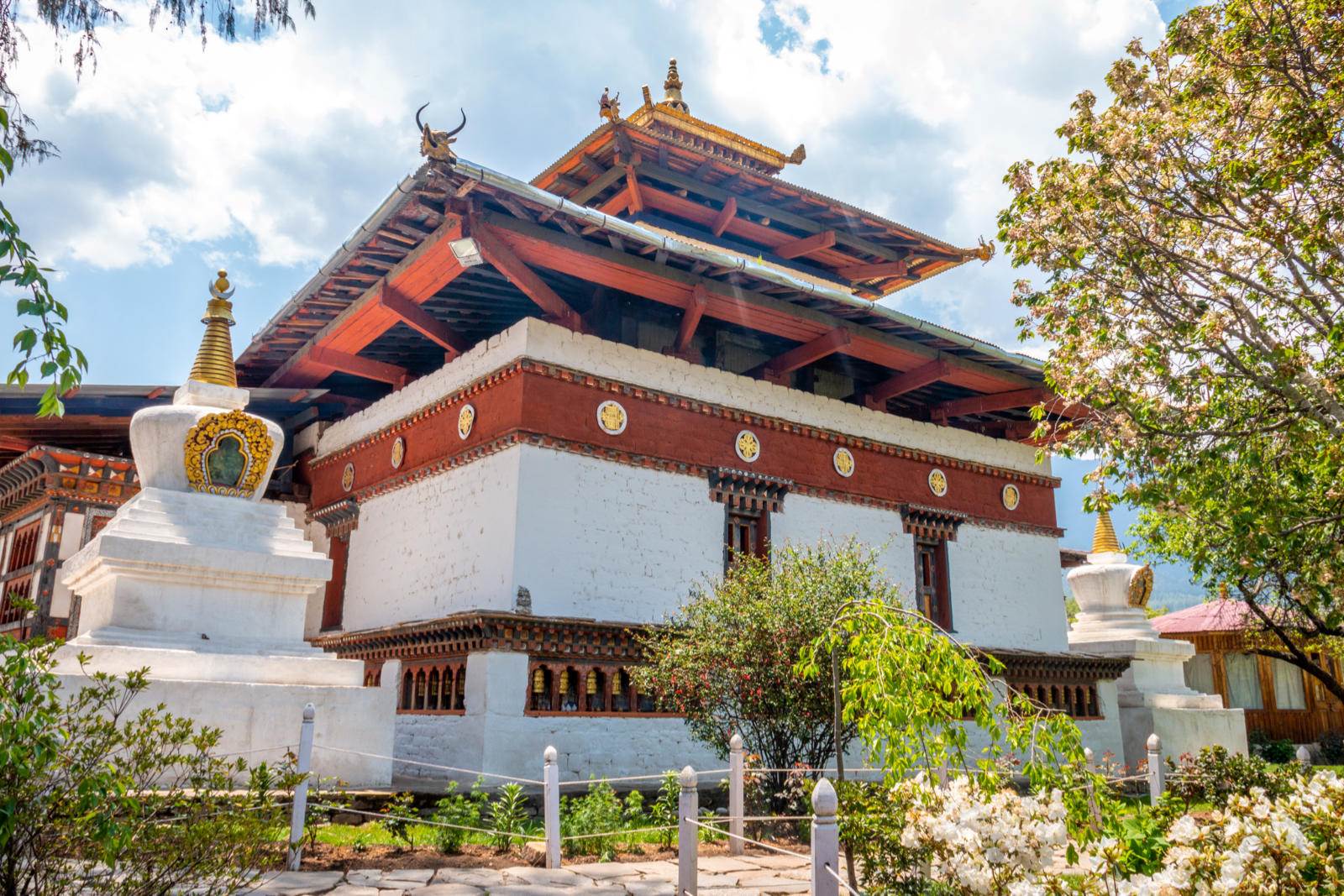
Immerse yourself in the local way of life with a visit to Kaja Throm, Paro's bustling open-air weekend market. Stroll past colorful stalls offering fresh organic produce, handmade textiles, Bhutanese snacks, and artisanal crafts. It’s the perfect spot to mingle with locals, sample seasonal delicacies, and support small-scale farmers and entrepreneurs.

Take a leisurely stroll through Paro town, exploring traditional Bhutanese shops, browsing handcrafted treasures, and relaxing in charming local cafés—soaking in the town’s unique blend of culture and charm.
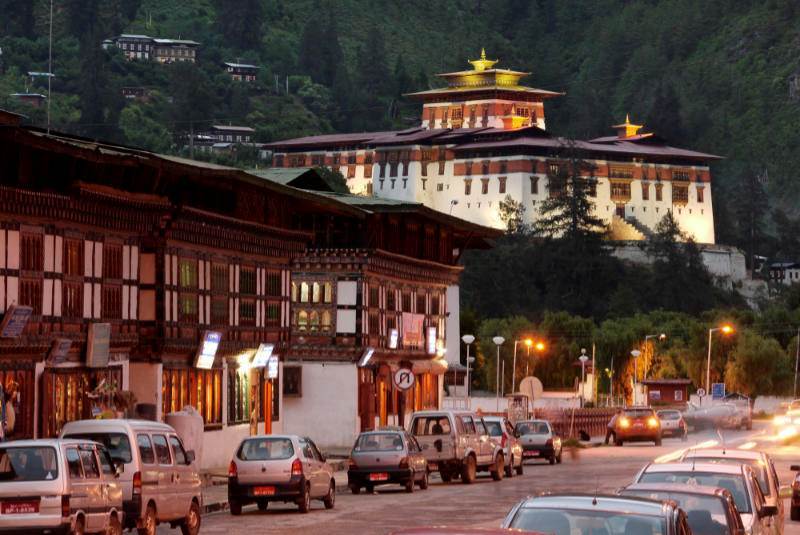
They say, "a visit to Bhutan is not complete without climbing up to the Tiger's Nest". Taktsang Monastery, famously known as the Tiger’s Nest, is Bhutan’s most iconic landmark, dramatically perched on a cliffside 3,120 metres above sea level in Paro Valley. According to legend, Guru Padmasambhava flew to this site in the 8th century on the back of a tigress and meditated in a cave that now lies at the heart of the monastery. Built in 1692, the complex includes temples, meditation caves, and stunning viewpoints that seem to defy gravity. Reaching the monastery involves a scenic 2–3 hour hike through pine forests and fluttering prayer flags—a spiritual and physical journey that rewards you with breathtaking views and deep serenity.
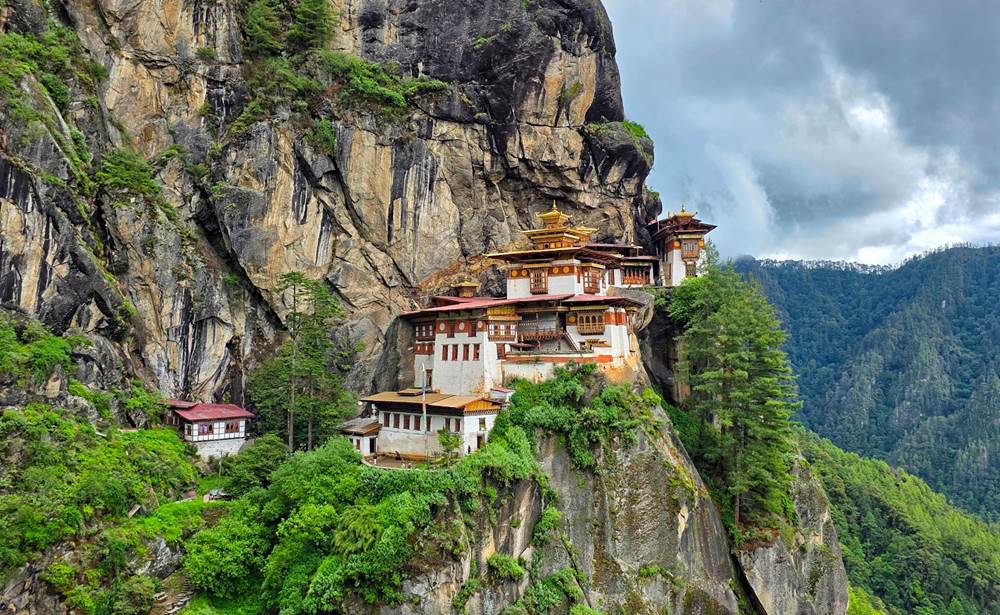
Travel Tips
Druk Asia
Bhutan Office
Singapore Sales Office
Kuala Lumpur Office
Copyright © 2024 Druk Asia - All Right Reserved
Travel Tips
Druk Asia
Bhutan Office
Singapore Sales Office
Kuala Lumpur Office
Copyright © 2024 Druk Asia - All Right Reserved
